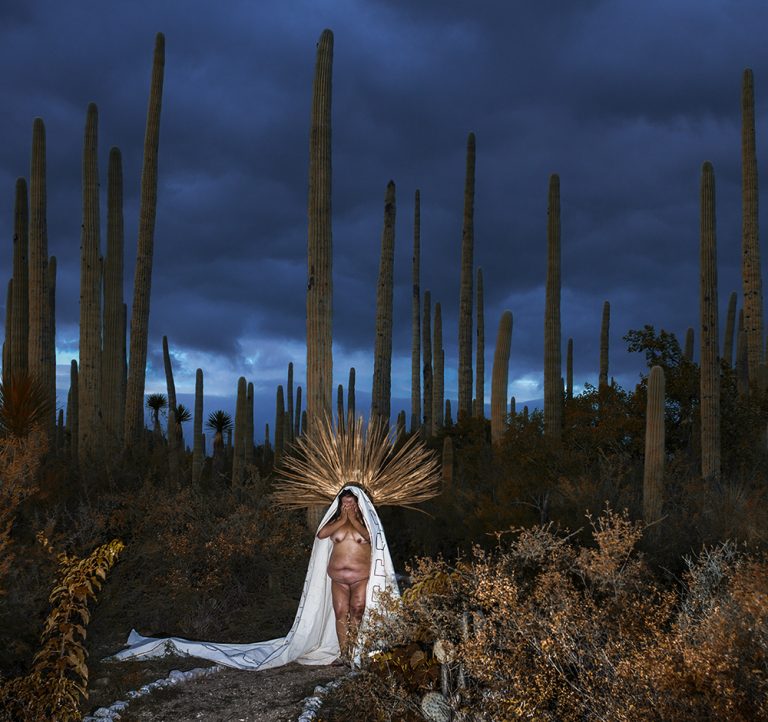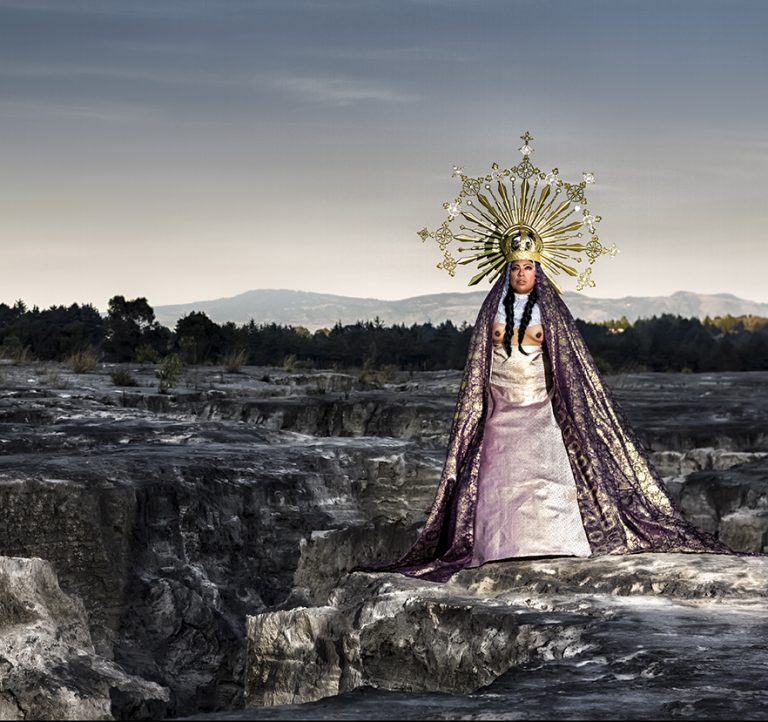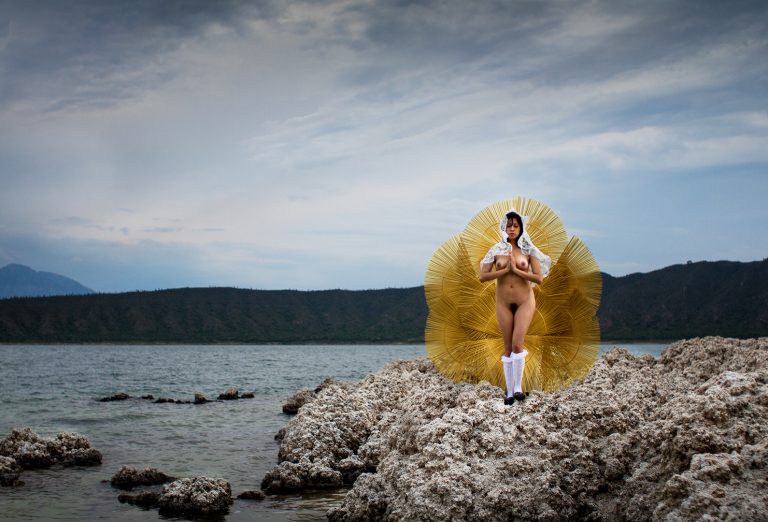THE SPOTLESS OTHERS
As a child I was always surprised to see the images of virgins in churches, frequently under some small dome on the wall. All those cardboard figures, dressed in clothes that gleamed in blue, gold, white, even black, and wearing resplendent or precious-stone crowns. Many of them showed suffering faces and had blankets around the head, yet they all had an encompassing personality.
On a visit to a temple I asked, “And how many virgins are there?” The answer I got was that only one existed, “The Virgin Mary”. I did not understand the answer and I asked “Then why does it seem like there are so many? Why do some of them have little angels at their feet and others hold children in their arms? Why do some have rosaries, scapulars, or a flower between their hands?” “She’s the same but they gave her name of the place where she appeared”, was the reply.
From that moment on, my childish mind began to imagine the reason why all of them were pretty and were dressed as rich, beautiful women from yesteryear. I would turn to see the ladies that were next to me and I imagined them dressed like the virgins of that temple – an old virgin, or a paralytic virgin. I thought that if God and the virgins were universal, then why were there no poor or obese virgins at church.
Inspired by the questions that I one day would ask myself, I began to create a series of images that filled that void within the catholic “virginary”. The virgin is the point where everything started, and I produced images of virgins that for me would represent the group of the “hidden ones”, which because of their characteristics were never presented to the faithful believers, since they were no part on the known stereotype sharing the strong bond with the creator. I present a collection of images from this series of virgins that exist in my imagination, but there were never shown to the universal religious collective -hidden virgins that create a visual rift between what is already known and what was never taught to us. Virgins who desacralize the popular model of virtue but who today, in the twenty-first century, could very well be included among the select group of untainted women.
LAS OTRAS IMPOLUTAS
Cuando era niño siempre me sorprendía ver las imágenes de las vírgenes en las iglesias debajo de alguna pequeña cúpula en la pared. Todas ellas figuras acartonadas, ataviadas con vestidos que brillaban en colores azules, dorados, blancos, incluso negros, y con coronas resplandecientes o con piedras preciosas. Muchas de ellas, con cara de sufrimiento y mantillas en la cabeza; pero eso sí, con una personalidad envolvente.
En una visita al templo pregunté, ¿Y cuántas vírgenes hay? La respuesta que me dieron fue que solo existía una; “La Virgen María”. No entendí la respuesta y pregunté, ¿Entonces porque parece que son muchas?, ¿Por qué unas tienen angelitos en los pies y otras tienen a niños entre sus brazos? ¿Por qué unas tienen rosarios, o escapularios, o una flor entre sus manos? “Es la misma, pero le pusieron el nombre del lugar en donde se apareció”, me respondieron.
A partir de ese momento, mi mente infantil empezó a imaginar la razón por la cual todas ellas eran bonitas y estaban vestidas como señoras ricas de antaño. Volteaba a ver a las mujeres que asistían a la iglesia y las imaginaba vestidas como las vírgenes del templo; una virgen anciana, o una virgen paralítica. Pensaba que, si Dios y las vírgenes eran universales, por qué razón no había vírgenes pobres o por qué nunca había visto una virgen obesa.
Inspirado en las preguntas que algún día me hice e influenciado por la enorme lista de vírgenes católicas, empecé a crear una serie de imágenes que llenaban el vacío del “virgenario” católico. Partiendo de que “La Virgen” es el punto de donde todo surgió, generé imágenes de vírgenes que para mí representaban el grupo de “las ocultas”. Esas vírgenes que por sus características nunca se mostraron a los fieles creyentes, pues no eran parte de ese estereotipo conocido que compartía el fuerte vínculo con el creador. En el proyecto muestro una colección de imágenes que son parte de las vírgenes que en mi imaginario existen, pero nunca fueron mostradas ante el colectivo religioso universal. Unas vírgenes ocultas que crean una fisura visual entre lo ya conocido y lo que nunca se nos fue enseñado. Unas vírgenes que desacralizan el modelo popular de virtud, pero que hoy en pleno siglo XXI, bien podrían ser incluidas en ese selecto grupo de mujeres impolutas.


























